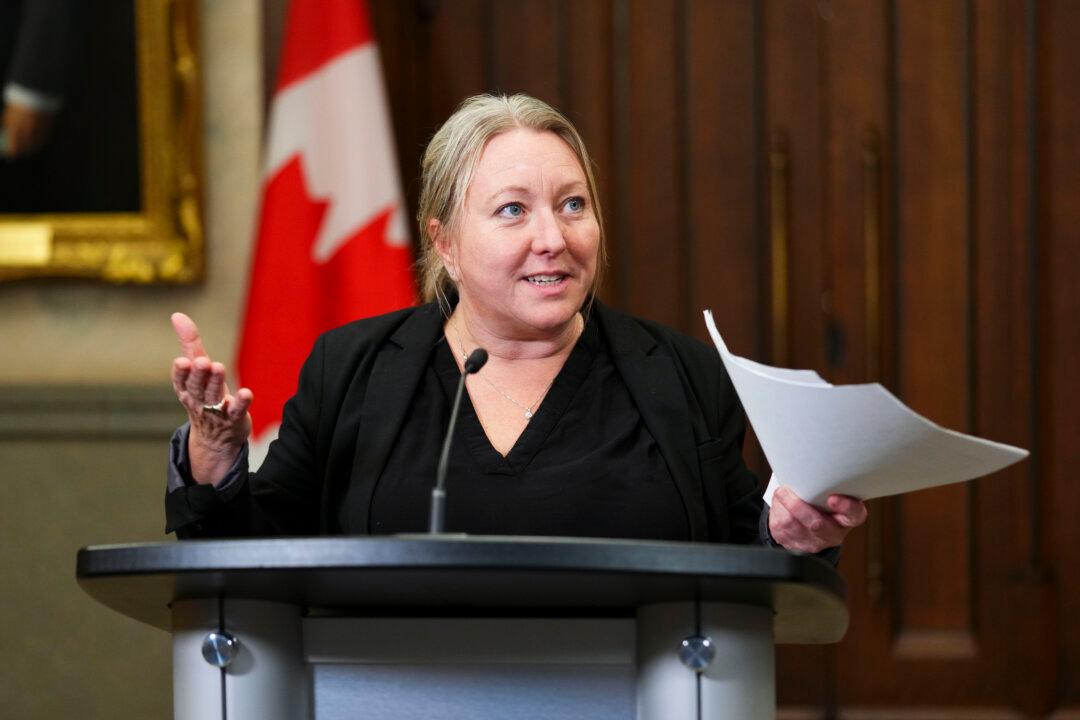The federal government is mandating its employees to work in their offices two to three days per week by March 31, with limited exceptions—a move that is applauded by some officials while meeting opposition from at least one public service union.
Prior to the COVID-19 pandemic, public servants worked almost exclusively from federal offices and worksites, and alternative work arrangements were rare and reserved for temporary or exceptional cases. Now, Treasury Board President Mona Fortier says the government is shifting to a “hybrid by design” schedule for federal employees.





